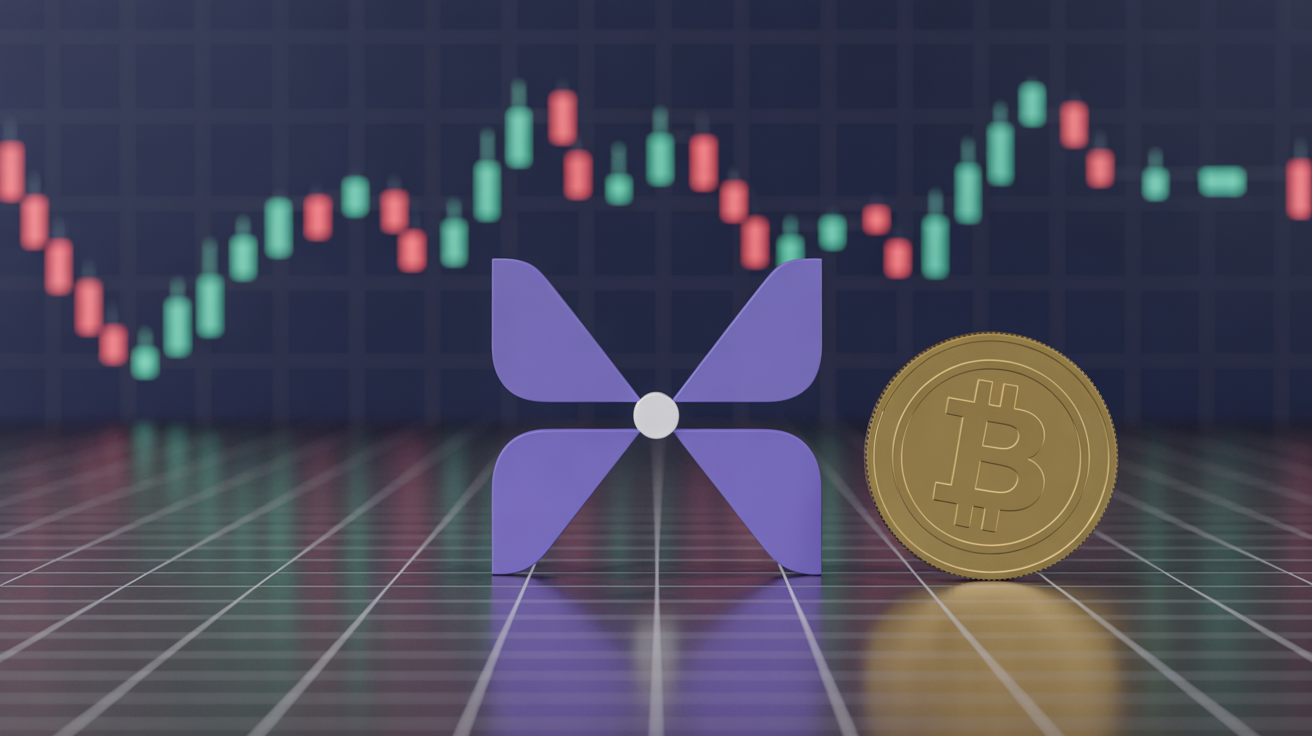Bitcoin Stays Range-Bound as Quantum Computing Buzz Fails to Stir Market; October Poised for Weakest Showing Since 2015
Bitcoin and major altcoins held steady on Thursday, extending a stretch of listless trading as October — typically one of crypto’s strongest months — heads toward its poorest performance in a decade.
Bitcoin (BTC) traded near $109,000 during Asian hours, showing little momentum since the Oct. 10 crash that erased about $19 billion in leveraged positions and sapped risk appetite across markets.
Ether (ETH) hovered around $3,850, while Solana (SOL), XRP, and Cardano (ADA) posted negligible moves over the past 24 hours. After a volatile start to the month, the market has flattened into an unusually tight range, offering few opportunities for either bulls or bears.
“The crypto market has shifted into a ‘sell-the-growth’ rhythm,” one trader noted. “Each rally gets faded faster, with thinning liquidity and declining participation.”
The Crypto Fear Index fell to 25, hovering just above the “extreme fear” level. Bitcoin has been trapped between its 50-day and 200-day moving averages for nearly two weeks, with every rebound sold more quickly than the last.
Even Google’s latest breakthrough failed to jolt the market. The company’s claim of achieving a “quantum advantage” with its Willow chip — seen as a step toward functional quantum computing — briefly rekindled old concerns about Bitcoin’s cryptographic security.
While experts maintain that quantum threats remain years away, the news was enough to remind traders of crypto’s fragile confidence during quiet market stretches.
With the Federal Reserve’s Oct. 29 meeting approaching and broader macro signals mixed, traders are avoiding aggressive bets.
“The market’s been stuck in this narrow balance zone,” said Alex Kuptsikevich, chief market analyst at FxPro. “It’s often the calm before a bigger move — either bulls lose patience or bears lose conviction.”
So far, neither side has blinked. For a market driven by momentum and narrative, the current indifference may be the most bearish signal yet.





